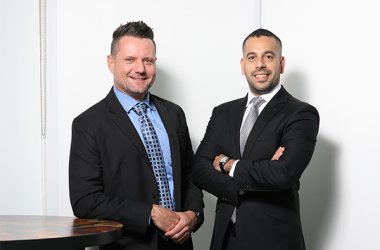
Extreme Networks this week unveiled a blueprint for migrating data centers from the physical world to virtualization, and then ultimately to cloud computing.
At the Gartner Data Center Conference in Las Vegas, Extreme disclosed its data center evolution strategy, which is in sharp contrast to that endorsed by Cisco. Extreme’s approach seeks to eliminate virtual switching at the server level while Cisco proposes adding that element to data center servers, specifically the blade servers within its new Unified Computing System platform.
Extreme’s blueprint is expected to collide with Cisco’s Data Center 3.0 strategy, Force10 Networks’ Virtualization Framework, elements of Juniper’s Stratus project and architectures pitched by Brocade, HP and other data center switching competitors.
It’s intended to assist in evolving data centers to wide-scale virtualization and cloud computing "without forcing certain technologies or operating methodologies" on users, says Gordon Stitt, Extreme chairman and co-founder.
Extreme’s plan is built on four "pillars" of data center infrastructure and operations: physical, efficiency, scalability and automation/customization. Physical deals with network topology, switching tiers, bandwidth and performance; efficiency involves integration, support, and management of virtual machines and hypervisors; scalability revolves around switching capacity to support thousands of VMs and applications; and automation/customization supports configuration and extensibility through XML and APIs.
Extreme is addressing the first pillar through its existing stackable and modular switching lines — the Summit x450 and x650 switches for top-of-rack server access applications and the modular BlackDiamond 8800 series for the core. Stacking allows switch capacity and density to increase while also enabling the stacked configuration to be managed as a single switch, with aggregated links providing increased bandwidth and redundancy.
Extreme switches are also 40/100G Ethernet "ready" through the inclusion of an expansion slot for uplinks, Stitt says. He expects Extreme to have 40/100G modules for the switches around mid-2010.
For efficiency, Extreme proposes that switches become "VM aware." Extreme currently supports VMware’s hypervisors with plans to add others to the mix. This will allow the company’s switches to dynamically track and manage VMs and apply policies as VMs move across the network.
The differentiator, though, comes in the scalability pillar. Today, vendors such as Cisco and even the leading blade server companies — IBM, HP and Dell — propose adding a software-based virtual switch to the server itself to handle the growing number of VMs. Cisco’s instantiation of this is VN-Link and the Nexus 1000V software-based switch.
But virtual soft switches on servers add another element and layer of management complexity to the virtual data center, Extreme asserts. Meanwhile, moving — or keeping — switching in the network reduces management complexity while increasing switching performance, the company says.
Plan differs dramatically from that offered by Cisco





